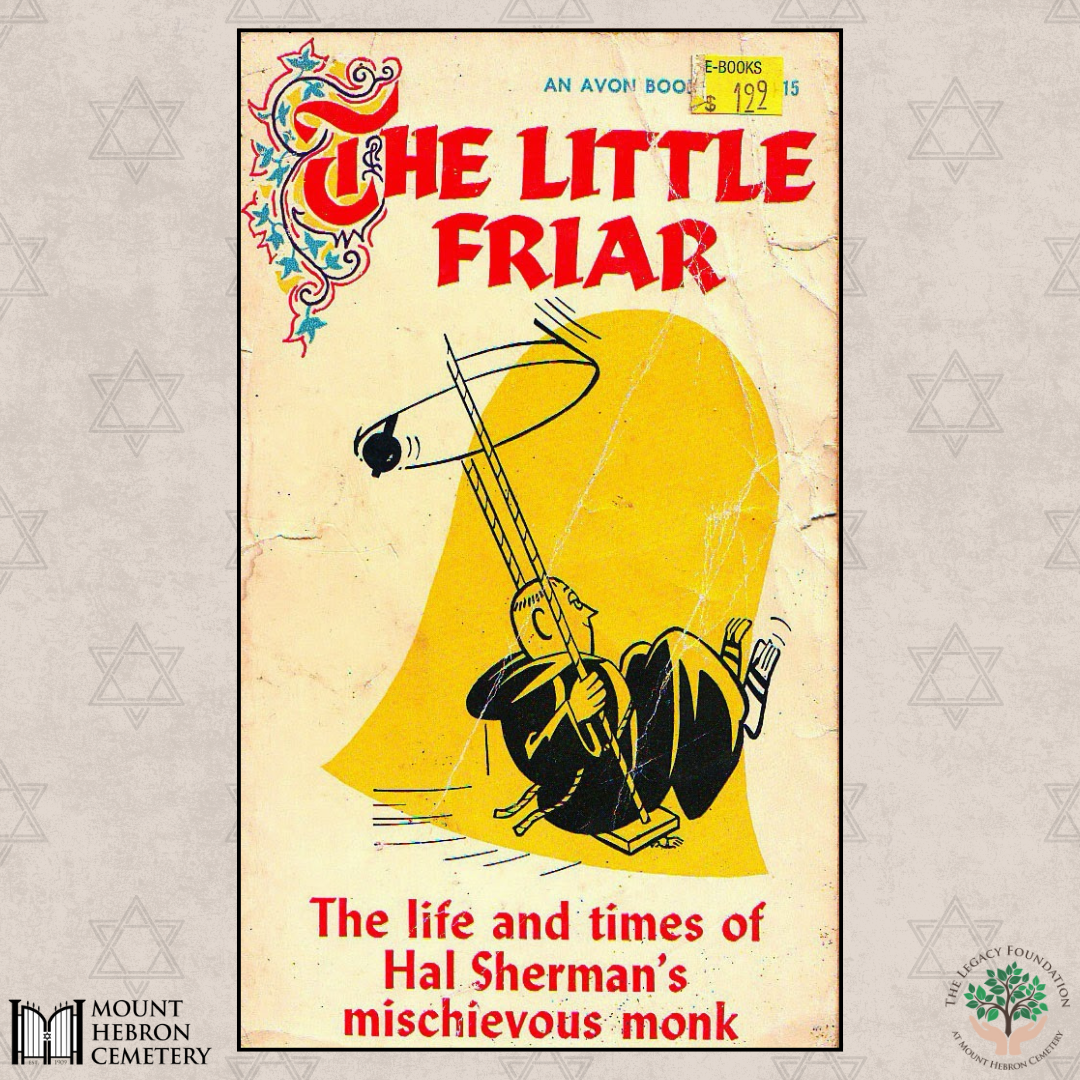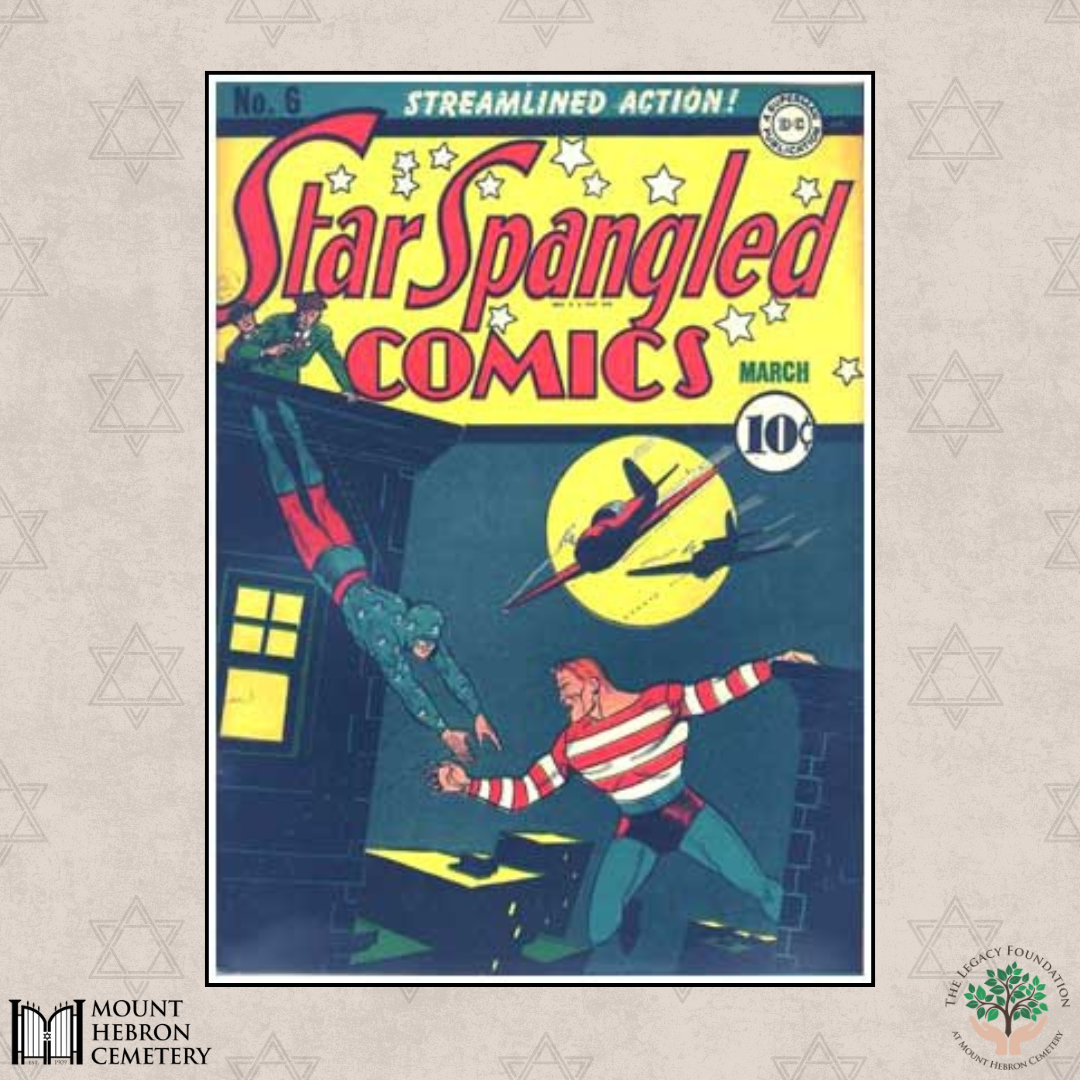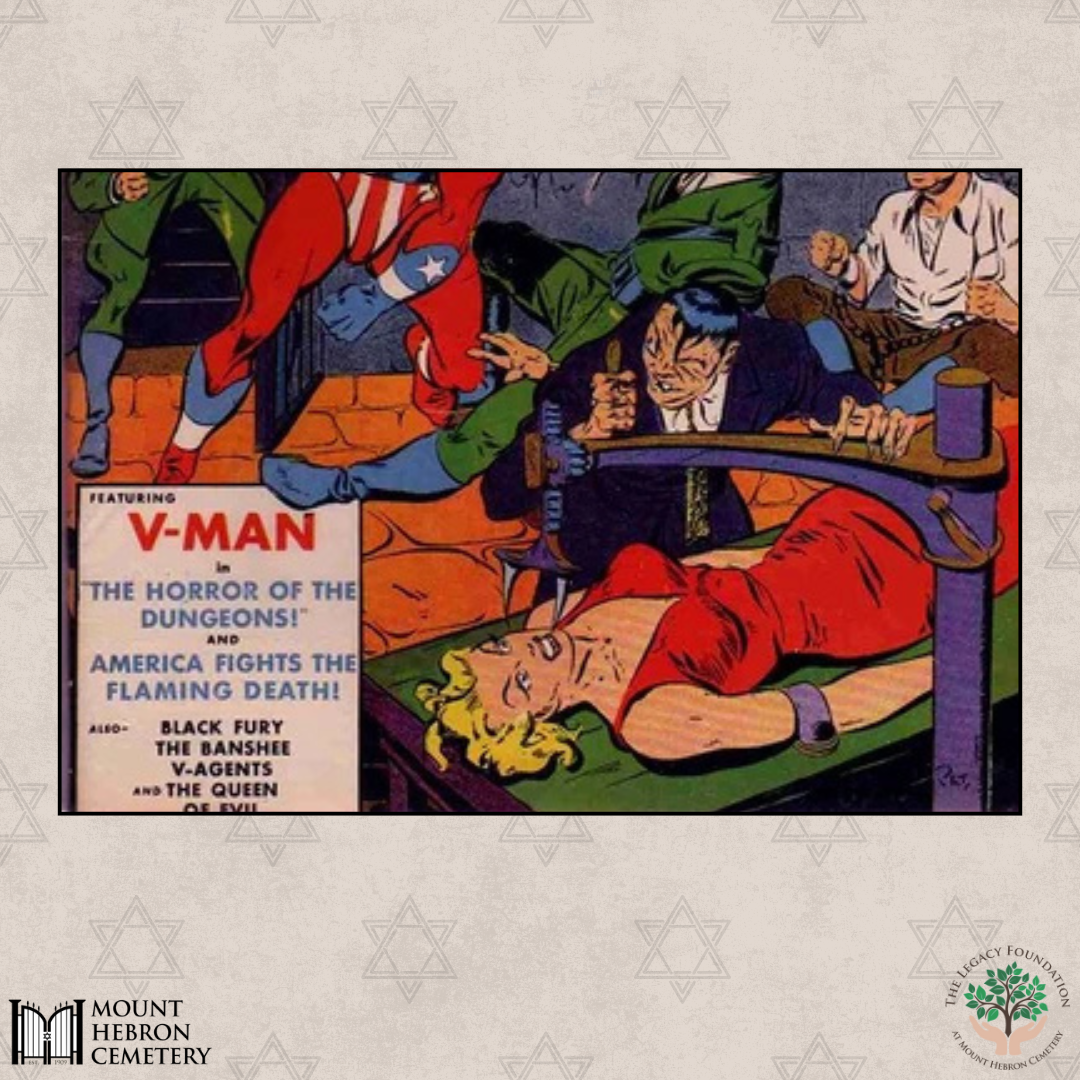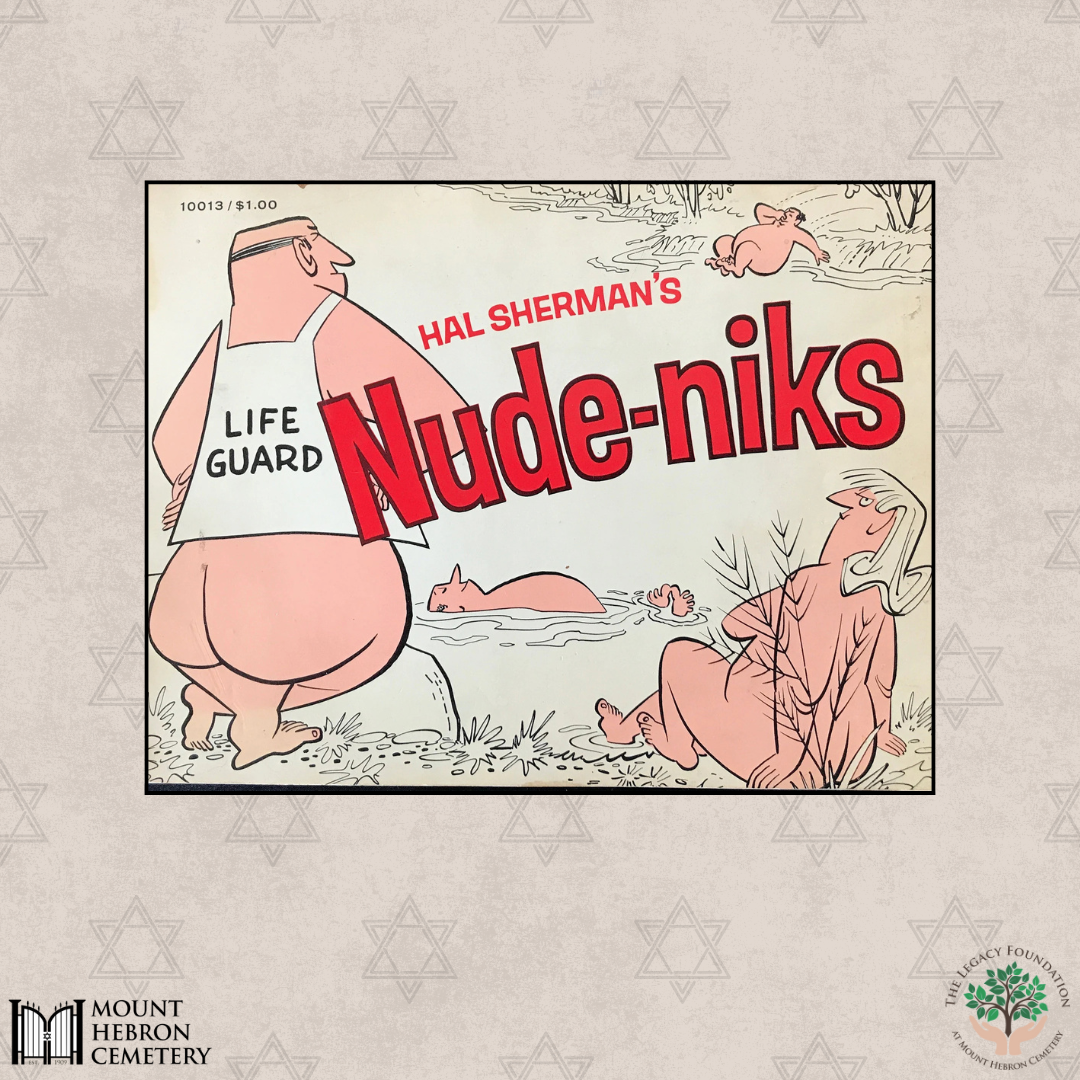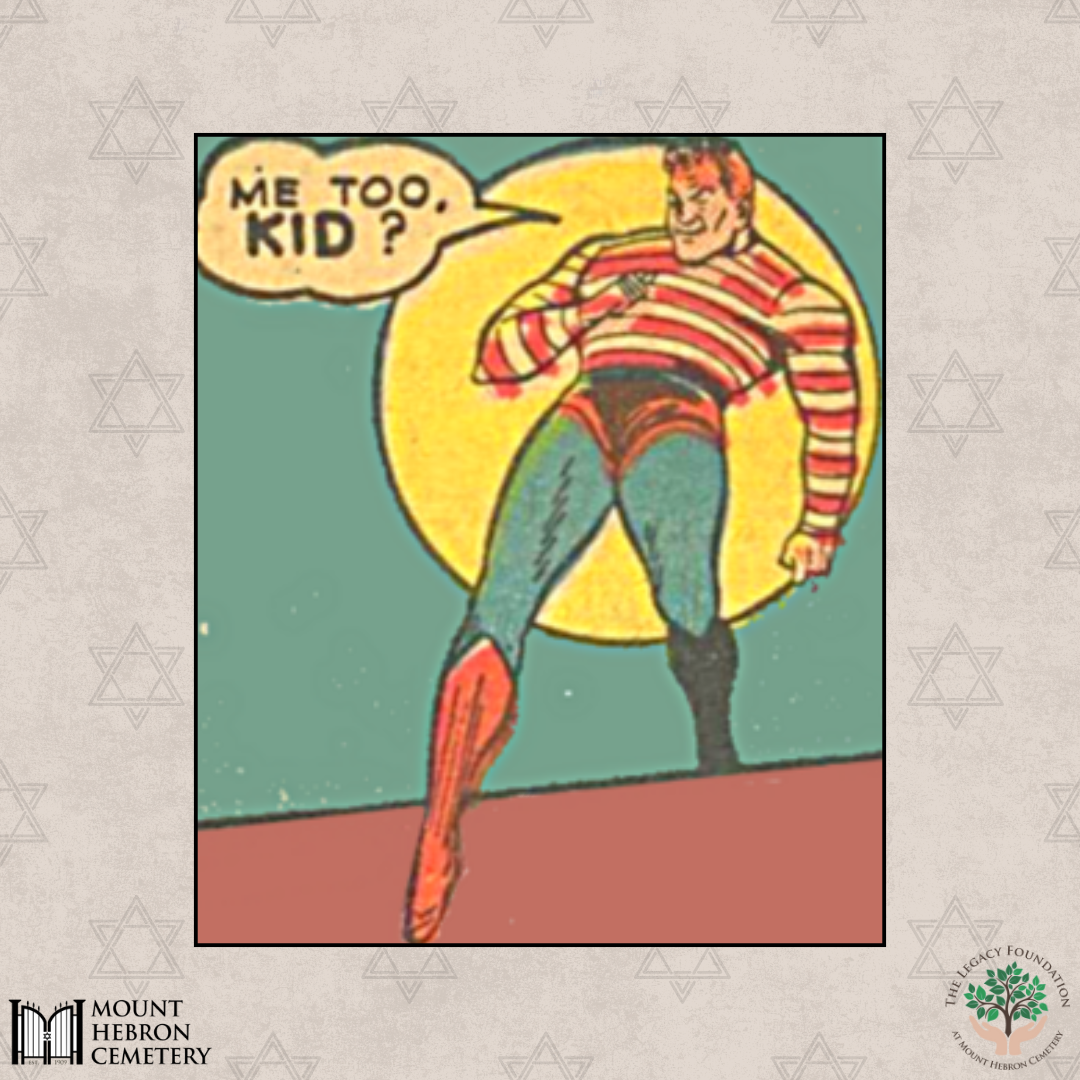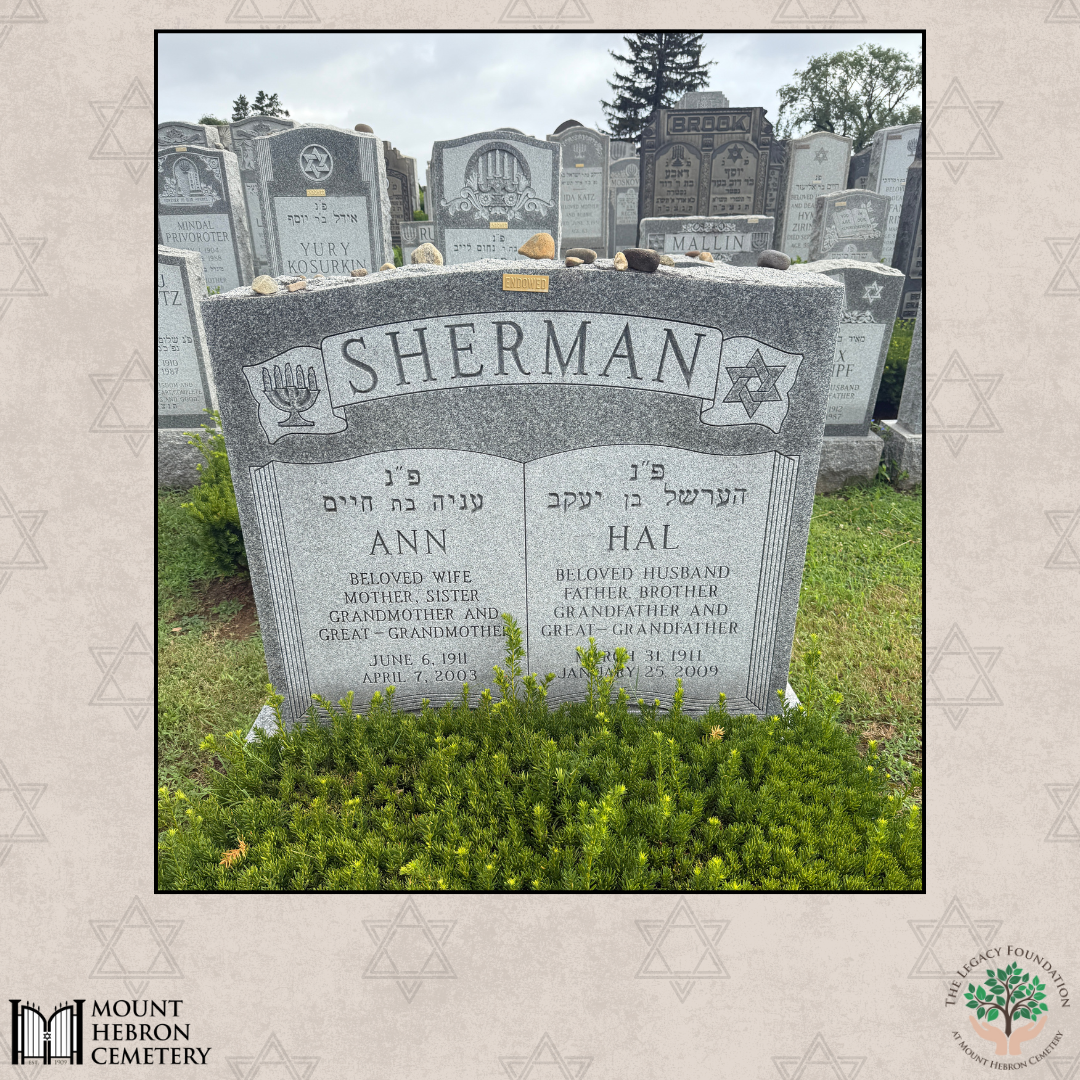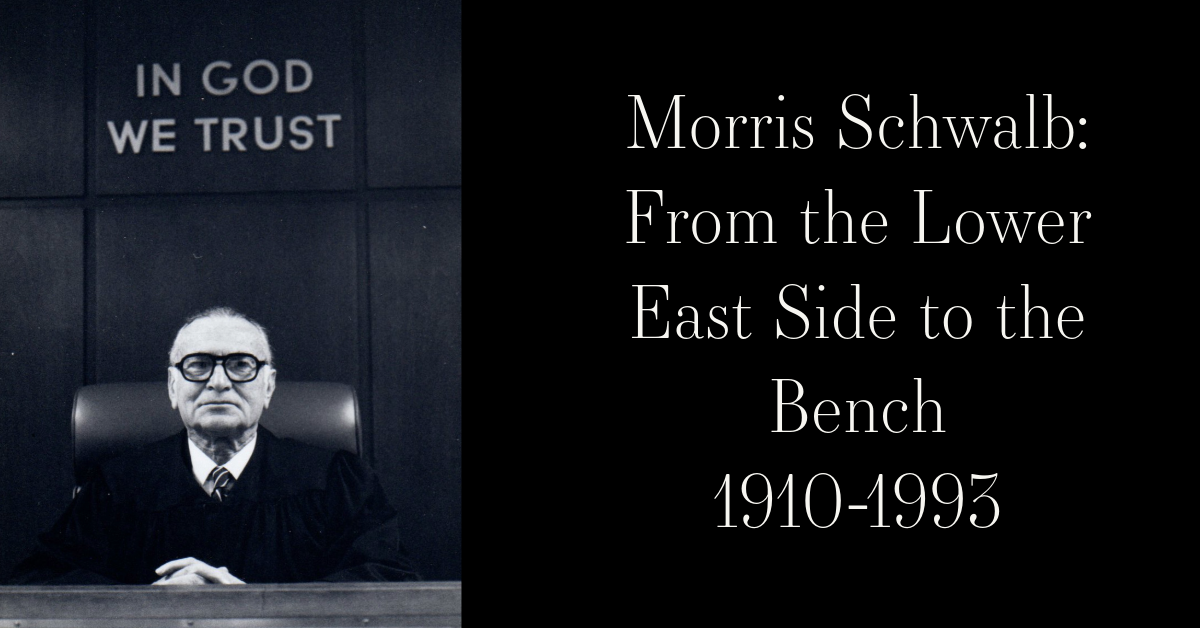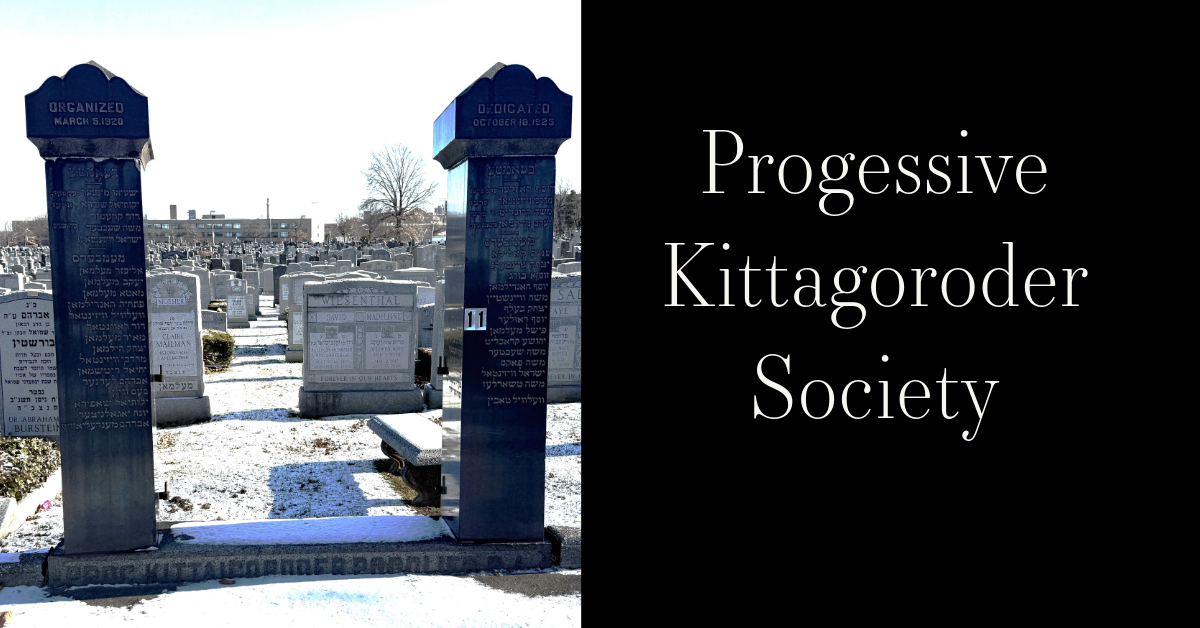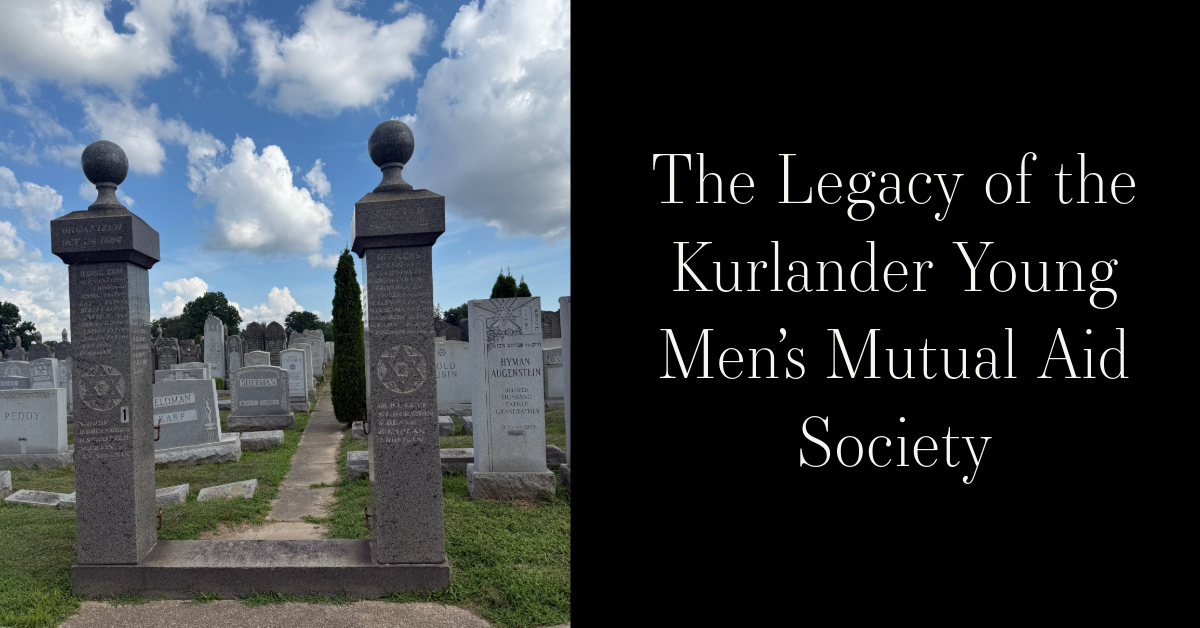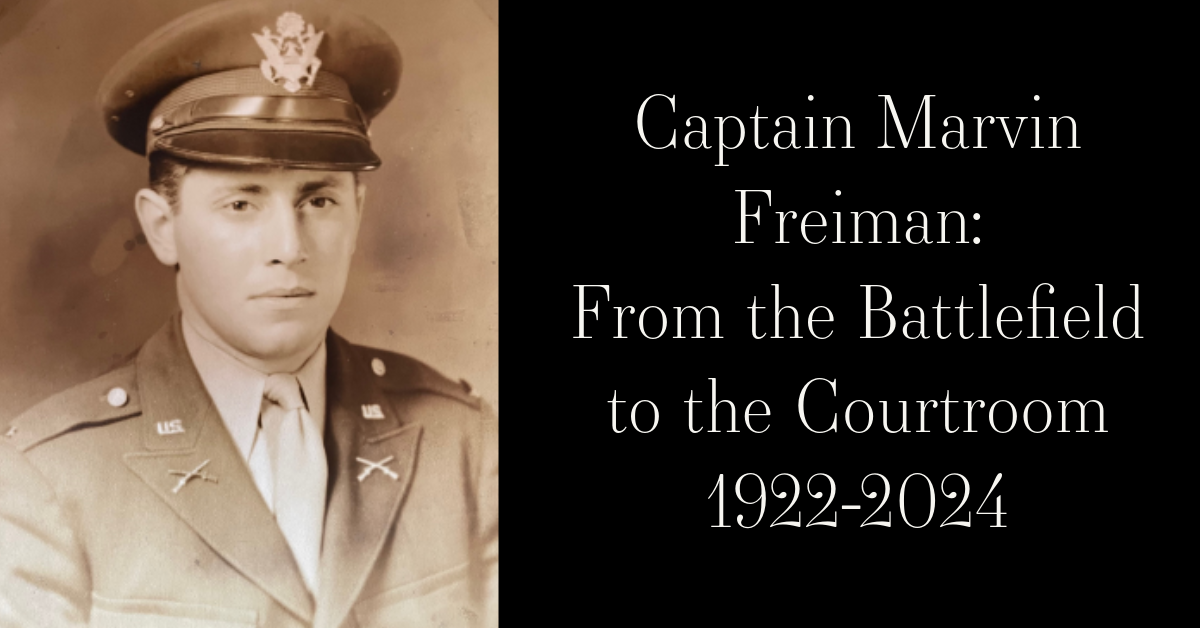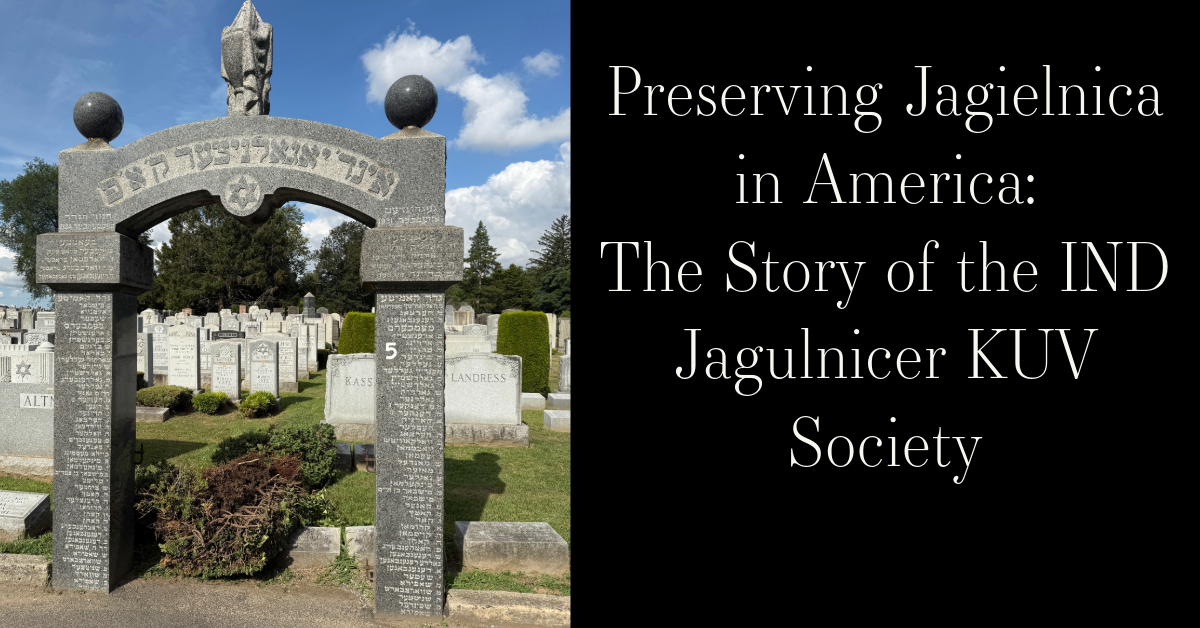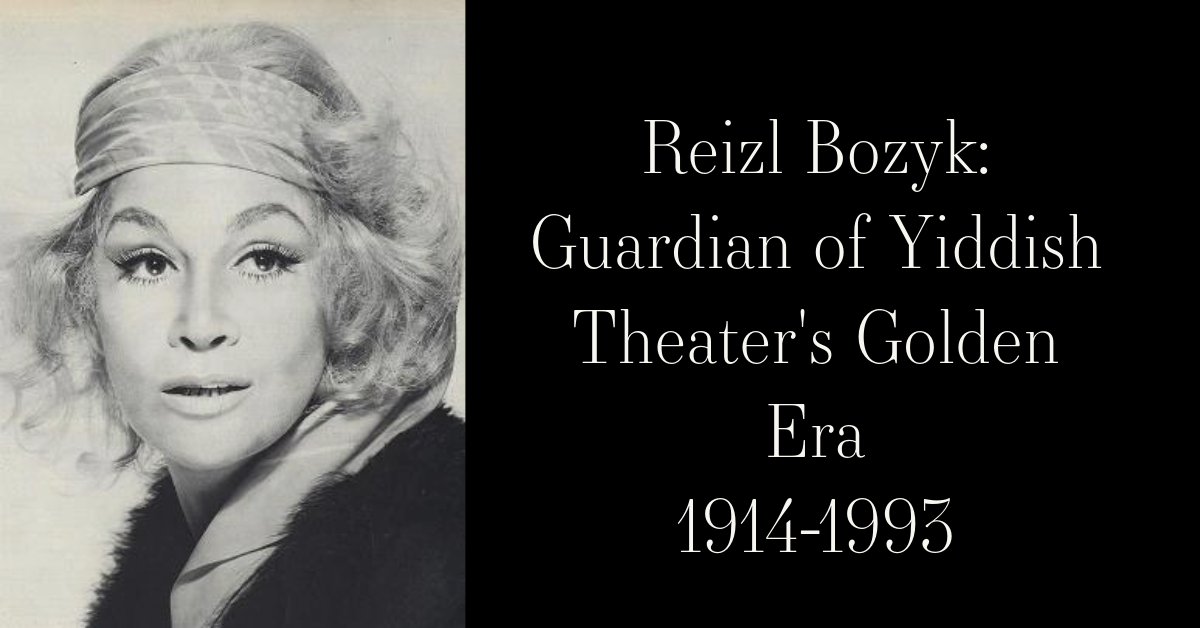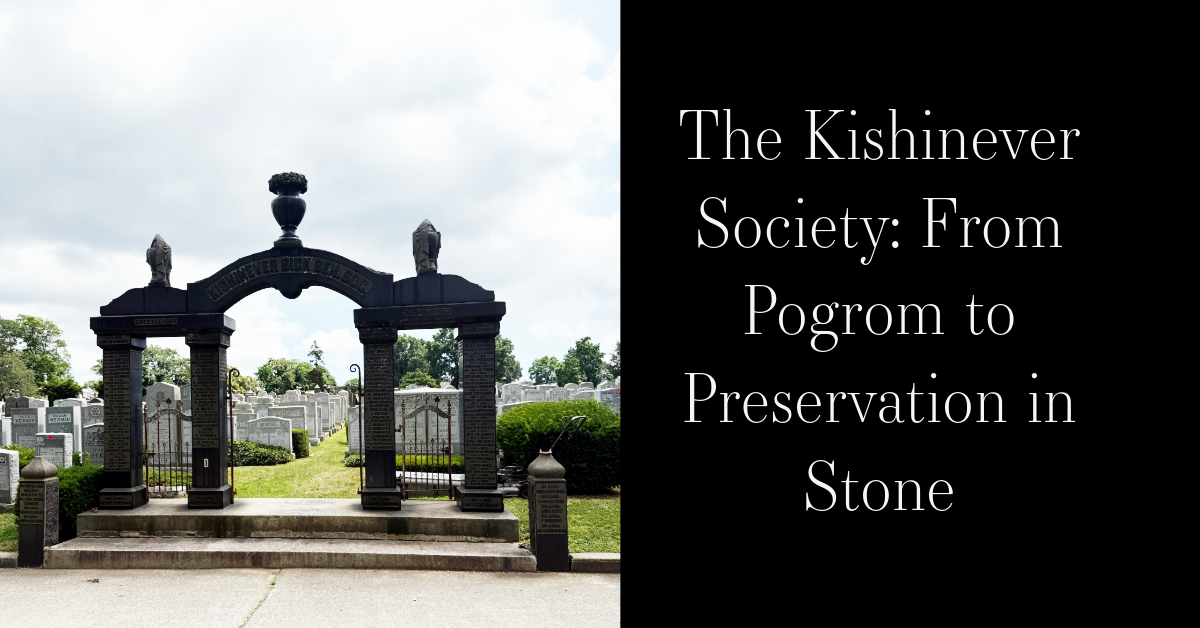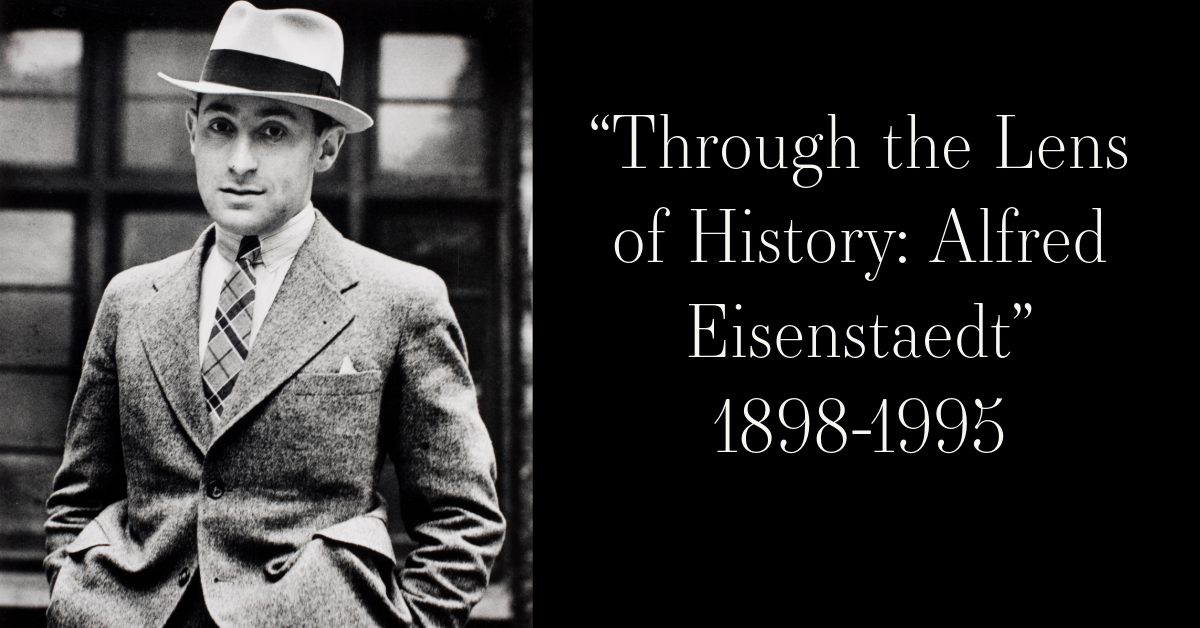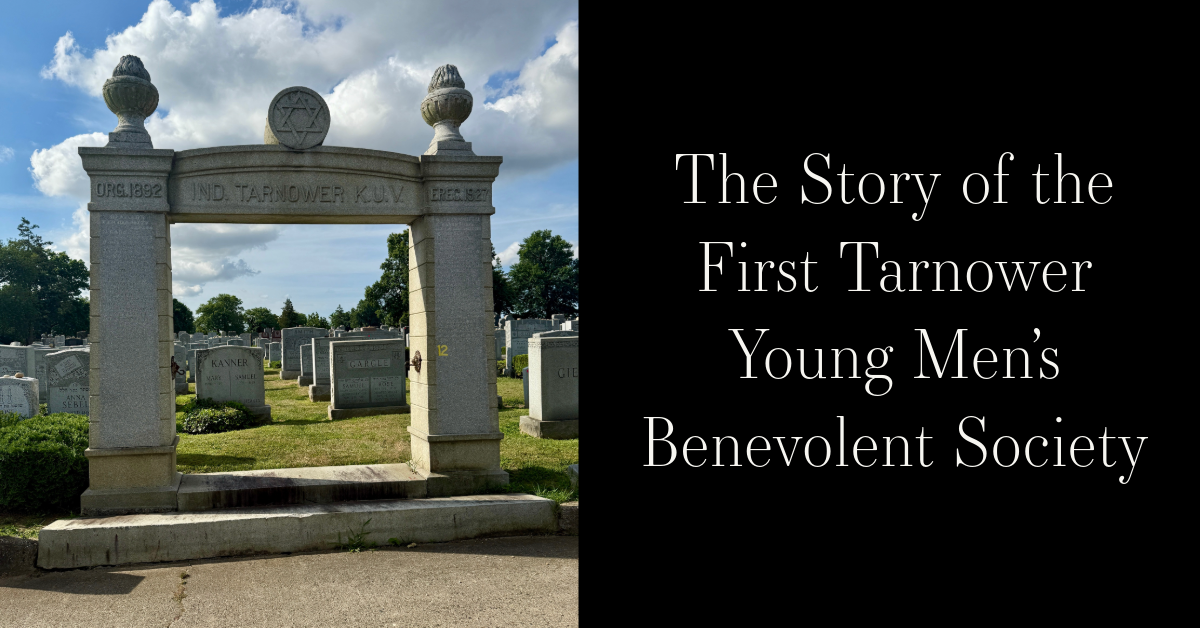Story Summary:
Hal Sherman (1911-2009), born Harold Sicherman, was a prolific American cartoonist and comic book artist best known for co-creating the patriotic superhero duo The Star-Spangled Kid and Stripesy with Jerry Siegel during the Golden Age of Comics. His innovative reversal of the traditional hero-sidekick dynamic helped distinguish the series in the 1940s. Beyond superheroes, Sherman made a lasting impact as a gag cartoonist, producing humorous illustrations for magazines, cocktail napkins, and novelty collections like The Little Friar and Nudeniks. Blending action-packed storytelling with lighthearted humor, Sherman's work exemplifies the versatility and enduring charm of mid-20th-century American cartooning. ~Blog by Deirdre Mooney Poulos
Hal Sherman: Comic Book Heroism with a Punchline
In the ever-expanding world of comic book legends, there are some names that fly under the radar, quietly influential, brilliantly creative, and foundational to the stories we cherish today. Hal Sherman is one of them.
Born Harold Sicherman on March 31, 1911, and passing away at the age of 97 in 2009, Sherman was a master of two seemingly opposite worlds: patriotic superheroes and gag cartoons. A man of dual talents, he helped shape the Golden Age of comic books while also tickling America’s funny bone for decades.
Sherman’s most enduring contribution to the superhero genre was the creation of The Star-Spangled Kid and Stripesy, alongside none other than Superman co-creator Jerry Siegel. Debuting in Star Spangled Comics #1 in 1941, the duo stood out from the flood of caped crusaders for a simple reason: they flipped the traditional sidekick formula.
Instead of a seasoned adult hero with a teenage helper, Sherman and Siegel introduced readers to Sylvester Pemberton, a patriotic teenager fighting crime with the help of his adult chauffeur and sidekick, Pat Dugan (also known as Stripesy). The concept was bold, refreshing, and perfectly timed as America headed into World War II. Their stories were filled with fast-paced action, eccentric villains, and red, white, and blue bravado, running for 86 issues and leaving a strong mark on DC Comics' legacy.
Sherman’s clean, energetic linework and knack for dynamic panel layouts brought their adventures to life. His work was packed with movement, emotion, and a sense of fun, even in the middle of Nazi-fighting plotlines.
While many remember Sherman for his contribution to superhero lore, his heart belonged to humor. After his time in mainstream comics, Sherman found a second calling as a prolific gag cartoonist. His single-panel cartoons graced countless cocktail napkins, magazines, and novelty collections throughout the 1950s and 1960s.
Among his most charming works was The Little Friar, a series of lighthearted, pun-filled illustrations featuring a mischievous monk. These cartoons were full of character and quick wit, simple setups with a punchline that landed every time. Whether in a comic strip, magazine filler, or on a napkin, Sherman had a rare ability to make people laugh with just a few strokes of a pen.
His napkin sets, like Double Feature, Nudeniks, and others, were staples in American households and novelty shops, earning him a devoted following in the gag cartooning world.
Hal Sherman’s career is a testament to versatility. He was not just a footnote in comic book history. He was a pioneer who bridged two very different storytelling traditions. From the explosive patriotism of Star-Spangled Kid to the quiet chuckles of The Little Friar, Sherman knew how to reach audiences across genres and generations.
Though he never became a household name like some of his contemporaries, his influence remains embedded in comic book DNA. Every time we see a superhero team with unconventional dynamics or chuckle at a clever one-liner in the comics section, we are seeing the legacy of artists like Hal Sherman.
In a time when art and humor were used to rally a nation, comfort a postwar public, or simply entertain with a punchline, Hal Sherman showed that comics could do it all. He did not need to be loud or flashy. His work spoke through cleverness, clarity, and a deep understanding of the human spirit.
Hal Sherman gave us heroes who fought for justice and cartoons that made us laugh. And really, what more could you ask for?
~Blog by Deirdre Mooney Poulos
Work Cited:
Lambiek Comiclopedia – Hal Sherman
https://www.lambiek.net/artists/s/sherman_hal.htmAskART
Mike Lynch Cartoons Blog – The Little Friar by Hal Sherman
https://mikelynchcartoons.blogspot.com/2014/03/the-little-friar-by-hal-sherman.html
About Comics – Hal Sherman’s Napkin Cartoon Art
https://www.aboutcomics.com/wp/category/creators/artists/hal-sherman/
Mike Grost – A Guide to Star Spangled Comics
https://mikegrost.com/spangle.htm



